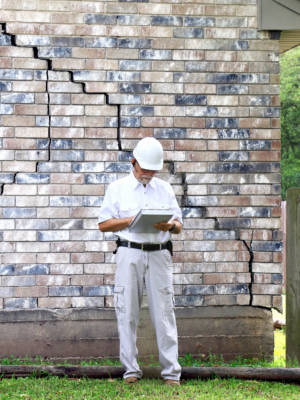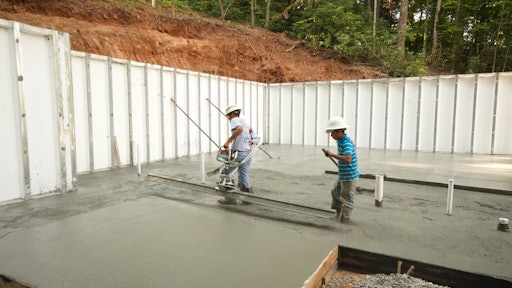The Facts About Foundation Repair FAQ - Indiana Foundation Service Uncovered


Concrete Foundation - Three Types of Concrete Foundations - The Concrete Network
Unknown Facts About 5 Types of Residential Foundations Popular in America
It is normally more cost-effective if the masonry system's compressive strength varieties in between 1,500 and 3,000 psi. The standard block used in domestic and light-frame industrial building is typically rated with a design strength of 1,900 psi, although other strengths are readily available. Concrete masonry units are explained by grades according to their intended use per ASTM C90 (ASTM, 1999) or C129 (ASTM, 1999).

Grade S might be used above grade. The grades are explained below. Read This is normally required for basic usage, such as in interior and backup walls, and in above- or below-grade exterior walls that might or may not be exposed to moisture penetration or the weather. Grade S is typically limited to above-grade usage in outside walls with weather-protective coverings, and in walls not exposed to the weather condition.
Type I is a moisture-controlled unit that is normally defined where drying shrinkage of the block due to moisture loss might lead to excessive splitting in the walls. Type II is a non-moisture-controlled unit that appropriates for all other uses. Residential foundation walls are usually built with Type II systems.

Residential

Tips for Choosing the Best Foundation for Your New House Plan
The Ultimate Guide To Leveling Residential Foundation Repair - URETEK USA
Concrete masonry units are typically described as light-weight, medium-weight, or normal-weight, with particular unit weights or densities less than 105 pcf, in between 105 and 125 pcf, and more than 125 pcf. Residential structure walls are generally built with low- to medium-weight systems because of the low compressive strength required.
A common practice in domestic basement structure wall building is to provide a cement-based parge covering and a brush- or spray-applied bituminous covering on the below-ground parts of the wall. This treatment is typically needed by code for basement walls of masonry or concrete building and construction; nevertheless, in concrete building, the parge covering is not necessary.
The net concrete cross-sectional area of most concrete masonry systems varies from 50 to 70%, depending on unit width, face-shell and web thicknesses, and core configuration. Hollow units are defined as those in which the net concrete cross-sectional area is less than 75% of the gross cross-sectional location. Solid systems are not necessarily strong but are specified as those in which the net concrete cross-sectional area is 75% of the gross cross-sectional area or greater.
